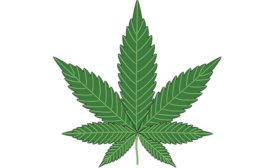Featured on Home Page
When you can’t see, smell or hear hazards
Here’s how to improve your arc flash & electrical safety training
December 21, 2018
Become a Leader in Safety Culture
Build your knowledge with ISHN, covering key safety, health and industrial hygiene news, products, and trends.
JOIN TODAYCopyright ©2025. All Rights Reserved BNP Media.
Design, CMS, Hosting & Web Development :: ePublishing






